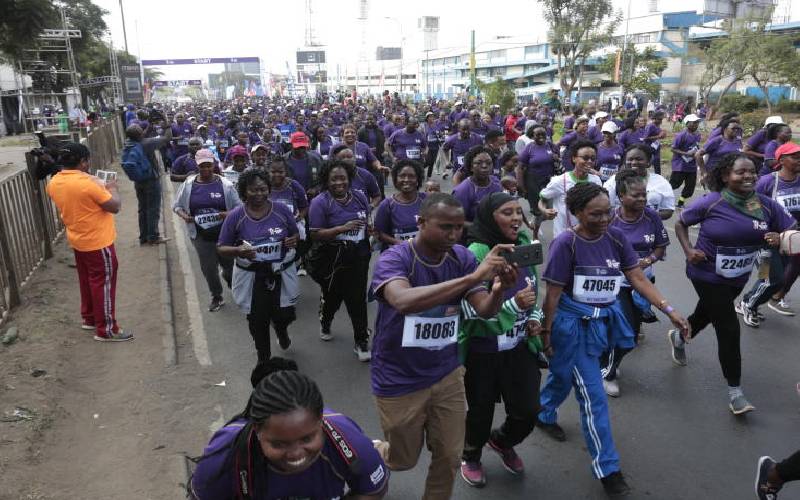×
The Standard e-Paper
Kenya’s Boldest Voice

Participants during the Beyond Zero campaign at the Nyayo Stadium to end new HIV infections among children. [File, Standard]
Children of school-going age form the biggest bulk of new HIV infections, according to government data to be released today.